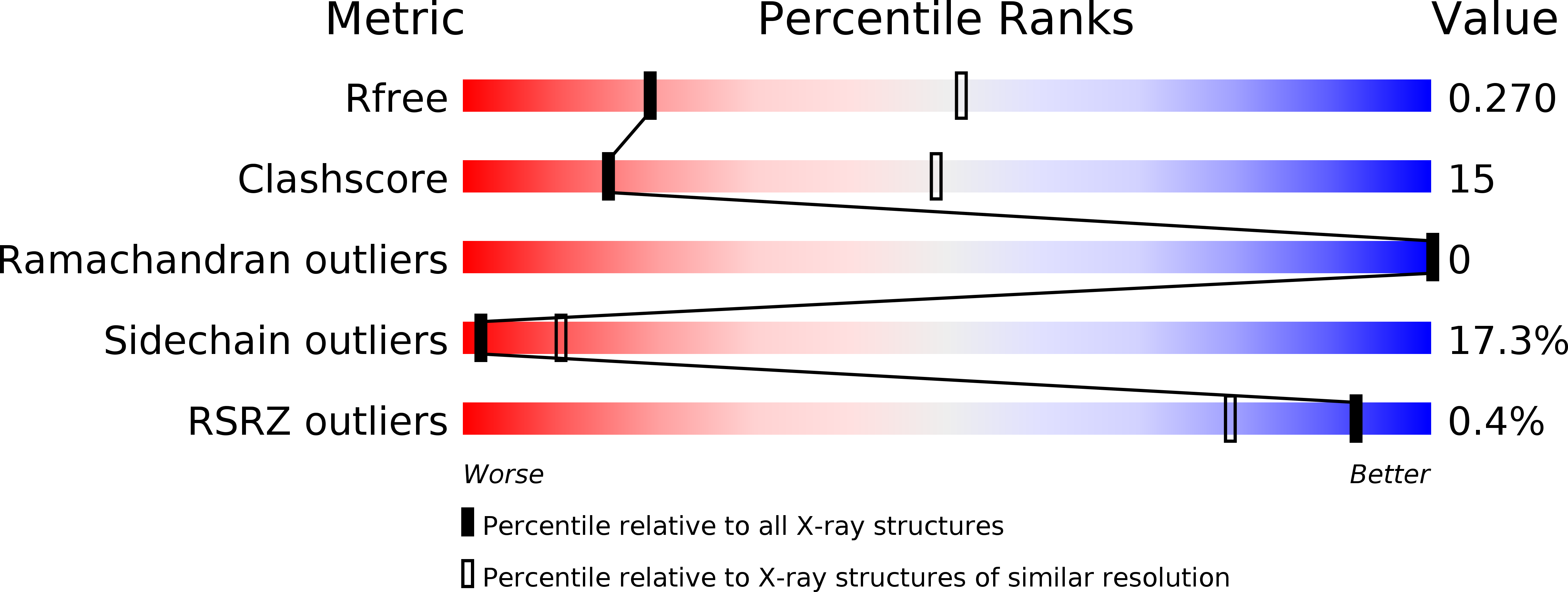
Deposition Date
2019-12-03
Release Date
2020-03-18
Last Version Date
2024-01-24
Method Details:
Experimental Method:
Resolution:
3.00 Å
R-Value Free:
0.26
R-Value Work:
0.21
R-Value Observed:
0.21
Space Group:
P 21 21 21


